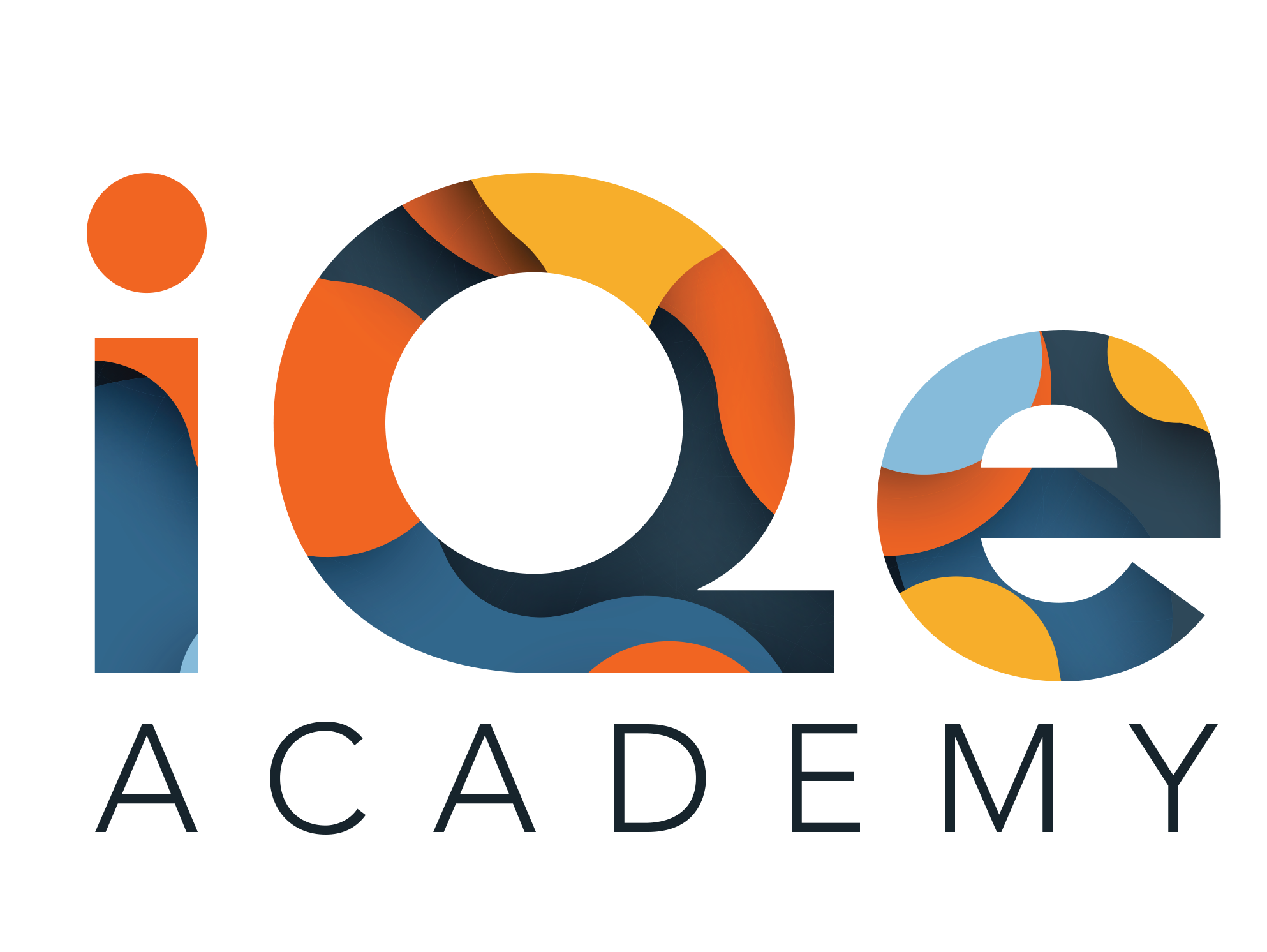Many people who work with young children and their families want to know and understand what an individual child can do and how he or she has developed in recent months or over the years.
Development is a process by which children learn and grow and change throughout their lives. The most dramatic changes occur in infancy and early childhood.
“The nursery setting is not challenging my child enough. How can I get them to change?”
“My child is doing well for her age. Am I right?”
“shouldn’t these children be able to sit and listen by now”
“Should I be teaching them the alphabet?”
“Shouldn’t these children be able to sit and listen by mow”?
“He is a bit big for that isn’t he?”
A child’s development can be looked at in several ways;
Comparing the child’s progress with other children or similar age.
Comparing what the child is doing now with what they were able to do one, six months, or one year ago.
Comparing against predetermined ‘milestone’.
Children will pass through the same development stages but at different rates and times. However, only an approximate age can be given when talking about development for, although they share similar stages in development, children are unique individuals and the pace of their development varies. For example, some people will have learned to walk in 10 months, for others it will take longer.
Even within the same family children will develop differently and will vary in their interests, needs, and concerns. Another example is when a child has a disability. In these circumstances, most children will experience the same development stages but may spend longer than average at practising and mastering each stage.
It is also important to recognise that cultural traditions and childbearing practices may vary and that how children are raised will influence, to some extent, their development.
For example, babies may be carried around by their mother until about 8 months. If these babies were observed at around 12 months to 15 months they would be crawling or walking. Similarly, some mothers breastfeed their children until they are two or three years old. Both of these examples are accepted, normal practices in some cultures. In other, they would be considered to be inappropriate.
As a consequence of the variations in patterns of children’s development, for whatever reason, people who work with children in the early years must be wary of using the phrases ‘normal development’ as it may lead them to make assumptions about a child’s development which are not valid. They should be wary of generalising about child-rearing customs in a diverse and multicultural society.
Children are individual and will develop at their rate. Various factors affect the development of children. These factors can be categorised under the following headings:
Biological- genetic influences, special needs
Health – physical, mental, hygiene, rest, exercise, immunization
Environmental – social, cultural, economic, war, famine, play opportunities
Life Circumstances -position in the family, moving new to a new home, starting school, stereotypical views in the community, hospitalization, experience of abuse, death in the family, family break-up, poverty
Children’s development can have a positive or negative effect on children.
For example, children are given opportunities to play, socialize and interact with other children and adults to promote learning and development. The absence of these opportunities adversely affects their development.
For example, children brought up in poverty are less likely to progress in all aspects of their development. Children from more affluent backgrounds.
Children’s development can be viewed in the following terms;
Physical – large motor skills and fine motor skills
Intellectual/Cognitive – development of thinking, reasoning, imagination, and curiosity.
Linguistic- learning how to communicate thoughts and feelings
Emotional – learning about feelings and becoming secure and confident
Social – learning how to relate to other children and adults
Keynote – professionals who work with young children should know and understand child development and how children learn. This will allow children to reach their full potential and there will be fewer miss chances of early intervention.

